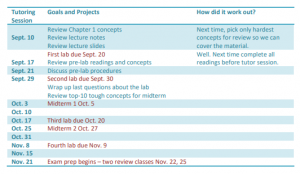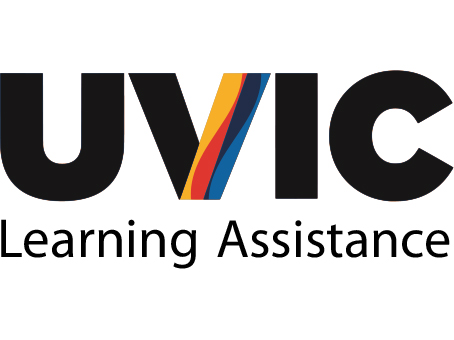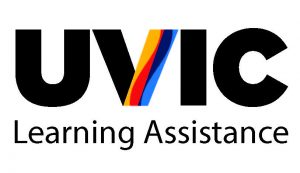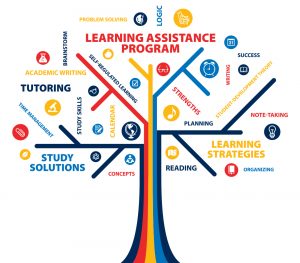*This is the 1st post in a 3 part series we are doing on Distance Tutoring and Online Learning*
Strategies for Distance or Remote Tutoring
This sheet outlines tips and strategies for students and tutors working together by video or phone.
You may find certain adjustments to your planning, goal-setting, and communication can make your
distance sessions more effective. Below are some suggestions for structuring your tutoring
sessions.
• Establish your goals or make an agenda
• Provide materials in advance of the session
• Refer to your goals or agenda
• Continually assess your tools, technologies and learning/tutoring strategies. Are they
working?
• Make time to highlight your successes, & learn from your experiences
At the beginning of each session:
Establish your goals for the session. You could even try writing them down in a shared space where you can
both access them. Are they realistic? What materials do you require to meet them?
Ensure the tutor has a copy of required support materials before the session begins.
Ensure your own technology is working properly before you begin the session (e.g. wireless connection,
microphone, earphones, etc.) and that you are familiar with the features of the platform you are using
(Skype, FaceTime etc.) such as screen sharing.
During the session:
Refer to your shared goals. Note when, why and how you are veering from them, if that happens. You could
have a perfectly good reason for doing so, but make sure you determine why you are changing topics and
whether this is serving your broader study goals.
If you will be focusing your attention on a shared resource (e.g. a Google Doc), and not one another (e.g. the
video feed), take frequent pauses to check in with one another about how the session is going.
As you wrap up the session:
Identify the tools, technologies and strategies that worked well. Identify the ones that didn’t. Spend five
minutes discussing why, and make a plan for how you will apply these insights to your next remote tutoring
sessions.
Discuss the needed materials for your next appointment. Set deadlines to share them (e.g. a course reading
or a concept map) before the next session.
Some helpful technologies for remote tutoring:
Skype, Google Voice and Google Video Chat and FaceTime enable you to use video feed for your tutoring
sessions. What you need: a computer with an internet connection, a webcam and audio capabilities. Note
that FaceTime is developed for iDevices.
GoogleDocs and GoogleDrive enable you to create and store documents that you can both read and edit in
real time. What you need: a computer with an internet connection.
Asana, Trello and other free online project management tools allow teams to collaborate on projects by
assigning tasks, tracking task completion and sharing documents. What you need: a computer with an
internet connection.
What does a tutoring agenda look like?
1. Try out a few bullet points in your chat window or in a shared document… Delegate one person to
type, or collaborate to add material.
Today we will:
– Review the hard concepts in Chapter 6 (10 concepts in total)
– Discuss the pre-lab materials for next week (2 pages)
– If there’s time: revisit the hard concepts in Chapters 4 and 5
2. You could also try keeping a running record of your goals for the semester. Make a simple grid or
chart. Enter in your scheduled tutoring sessions, also noting the important course dates for
assignments and tests.

**It’s important that your sessions work well for both of you – the student and the tutor or
strategist. Keeping a record of your goals and your learning experiences will help facilitate good
communication. For more info about distance tutoring, or to share your tips and ideas about great
strategies, please be in touch at learning@uvic.ca


